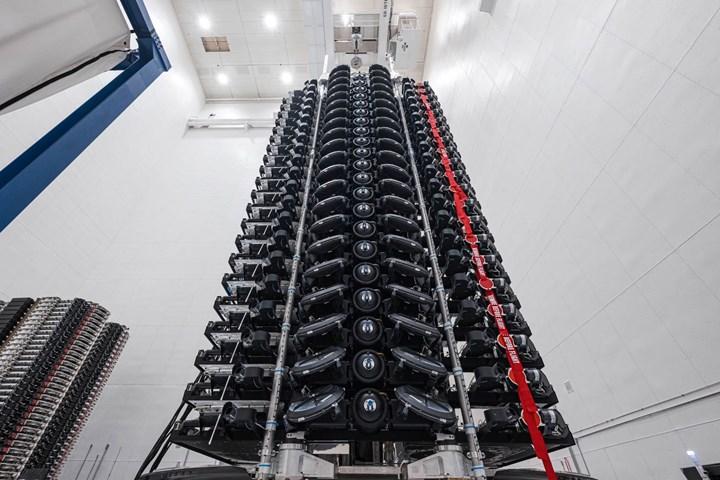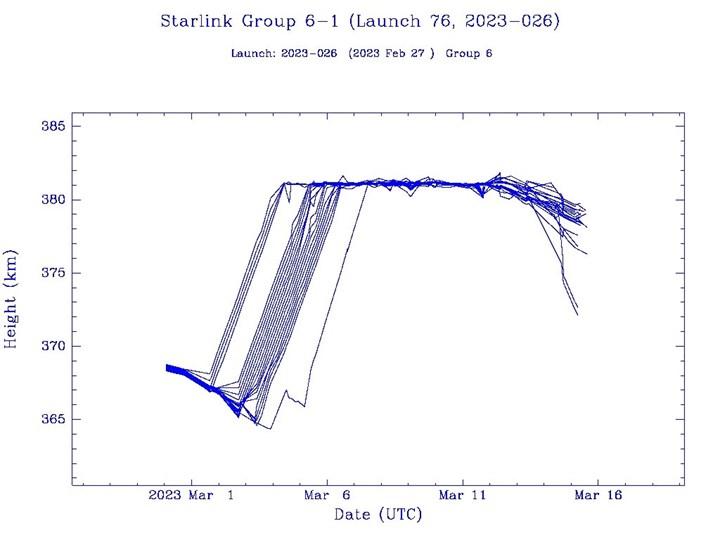 In February, SpaceX launched 21 sets of Starlink V2 Mini satellites, known as Group 6-1, for the extended Starlink system. However, these satellites seem to be having difficulties getting into a stable orbit. In fact, according to the latest information, a satellite fell towards Earth earlier this month.
In February, SpaceX launched 21 sets of Starlink V2 Mini satellites, known as Group 6-1, for the extended Starlink system. However, these satellites seem to be having difficulties getting into a stable orbit. In fact, according to the latest information, a satellite fell towards Earth earlier this month.One of the Starlink V2 Mini satellites crashed
 At noon on April 3, satellite Starlink V2 Mini 30062 entered Earth’s atmosphere over the California coast. The tiny device is thought to have burned up during re-entry. On March 16, it was reported that some of these satellites sent into orbit experienced a radical loss of altitude. In the tweet below, you can see the findings of astronomer Jonathan McDowell who observed the satellite. Where the relevant satellite falls (enters the atmosphere) is shown in this post.
At noon on April 3, satellite Starlink V2 Mini 30062 entered Earth’s atmosphere over the California coast. The tiny device is thought to have burned up during re-entry. On March 16, it was reported that some of these satellites sent into orbit experienced a radical loss of altitude. In the tweet below, you can see the findings of astronomer Jonathan McDowell who observed the satellite. Where the relevant satellite falls (enters the atmosphere) is shown in this post.Elon Musk said in a statement that mission control is aware of the situation, that the V2 Mini satellites are a new technology and some problems are already expected. It is stated that some of the satellites sent will be taken out of orbit deliberately, while the rest of the orbits will go above the International Space Station.
On the other hand, the purpose of these mini-satellites is to facilitate the use of Starlink satellite internet on the move and to fill some coverage gaps. SpaceX will eventually replace these satellites with the next generation of full-size Starlink V2 satellites, but they still have some time to go into orbit because the second-generation satellites are heavier. Therefore, the current Falcon 9 rocket does not have enough power to get them into orbit.